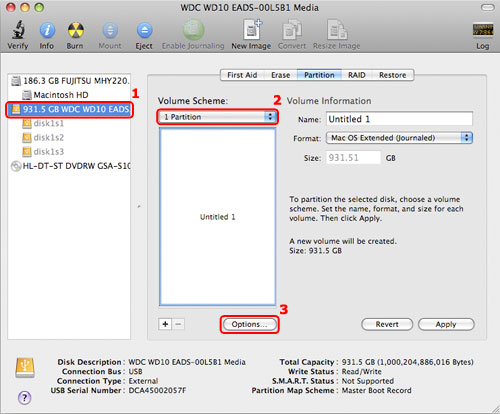
:max_bytes(150000):strip_icc()/B4-FormataUSBFlashDriveonMac-annotated-2964b9cdc7e64375a58bbe54533dc6e6.jpg)
- #How to reformat a usb drive on a mac can not unmount for mac
- #How to reformat a usb drive on a mac can not unmount software
- #How to reformat a usb drive on a mac can not unmount windows
Then click on the backup automatically in the left pane if you want to backup at regular intervals Click On Use Disk option on the lower right corner Click on the disk and select the external drive connected to your Mac. After that, click on the select backup disk option on the right pane of the dialogue box. For older versions of macOS and Time Machine, set the switch to the "on" position.

Click on the Time Machine near the bottom center of the window. Next, click on the system preference tab, which is the second section of the drop-down menu. Click on the Apple menu center located on the upper-left corner of your screen. using the appropriate cable, such as USB Lightning or eSATA. Connect a formatted external hard drive to your Mac. Follow the below steps for cloning your Mac using Time Machine: That's why backing up is essential to save your imported files. You must remember that OS migration can result in a significant loss of data.
#How to reformat a usb drive on a mac can not unmount software
Else, you can use third-party software like EaseUS for backing up your NTFS drive. The best way to back up on a Mac is to use the Time Machine. The term NTFS stands for New Technology File System that helps manage access to the files and folders stored in the files systems. The backup aims to generate a copy of data that can be recovered during a primary data failure. Click "I already have a license" to unlock this software. Step 1. Launch and activate EaseUS NTFS for Mac. So, follow the below steps for formatting the NTFS reader. Also, you can't copy, remove or do any other operations. That means you are unable to delete files from NTFS on Mac. However, when you connect an NTFS-formatted external drive, you will see that this disk is mounted only in read-only mode. It means that the operating system creates files and directories on a storage device (such as an external hard drive, a USB flash drive, or an SD card). What's more, it also doesn't allow you to delete files from NTFS on Mac. We know that the NTFS file system can only read files by default.

#How to reformat a usb drive on a mac can not unmount for mac
Save your time by using EaseUS NTFS for Mac to delete, copy, edit, or move files. But there is a solution at hand that you can explore. Unfortunately, it can be a very time-consuming process. But formatting will remove all data on the drive, so you need to back up all existing data. So, you are only left with two choices - either use an NTFS reader or format NTFS drive as a Mac-friendly file system.
#How to reformat a usb drive on a mac can not unmount windows
You can just open and view files on Windows drives. In other words, a Mac user can't delete files from NTFS on Mac. MacOS has been built to shred NTFS-formatted drives but not write on them. You will discover solutions through this blog, from formatting drives to a universal file system to using third-party tools. Unfortunately, you can only open and view files on Windows drives but can't change them in any way, nor can you copy files to NTFS format disks. That's why you need to convert the windows-formatted system - NTFS to a friendly version of MAC that allows you to copy, paste, add and erase data. MAC doesn't recognize a windows-formatted file system. Why Can't Delete Files on My External Hard Drive Mac? NTFS file system can only read files by default.


 0 kommentar(er)
0 kommentar(er)
